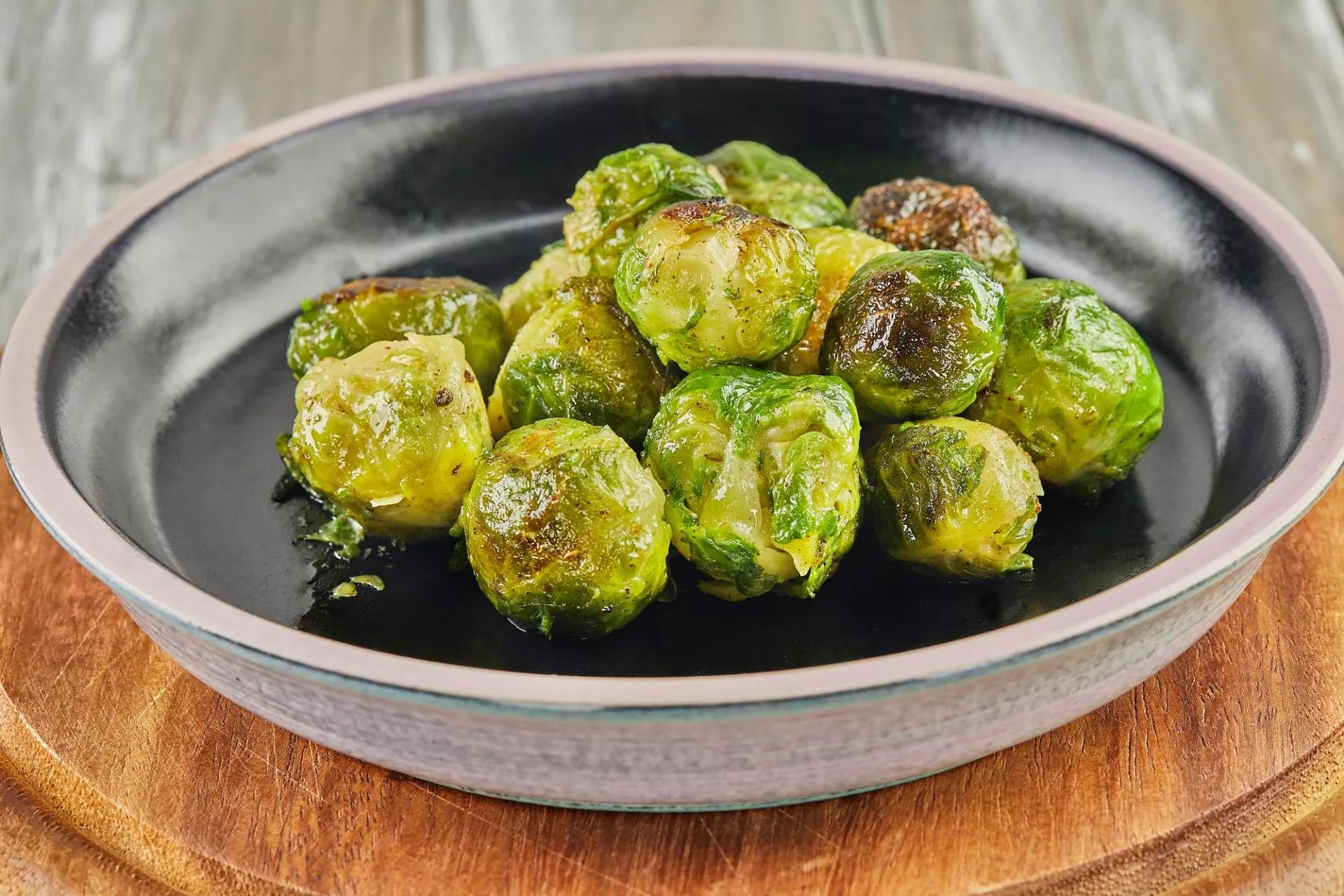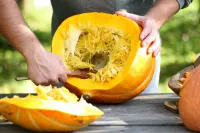Why Brussels?
The Brussel Sprout is in fact, a member of the cultivar group of cabbages, which essentially means it is a tiny cabbage cultivated for eating. From its Mediterranean origins, it entered our cuisine and became a staple in the north, particularly in Brussels from about the 13th Century. The humble sprout is of the same species of green vegetables as broccoli, kale and cabbage. We can see from its leafy character the similarities to cabbage but it has its own very distinct flavour.
There are many varieties of the Brussel sprout grown all the way through the year. There are, in fact, over 100 different cultivated varieties that are produced from late in the summer months to early spring.
If you have a chance, ask your local market about when certain varieties are available so that you can enjoy this star veggie more often!
Seasonal Delights in a Bite
Let’s be honest, the Brussel sprout is synonymous with Christmas dining, but there are so many delicious varieties to consider.
Probably the most known variety is the Cryptus, which we can purchase in December and is characterised by having a frilly outer leaf. The Abacus, harvested in August and September, is another popular type and don't forget the dark green Petrus and Splendid varieties. It is true that you will probably have to ask which varieties you are buying, but it can be fun getting to know a bit more about this fine product.
Preparation of the Sprout!
The great thing about the Brussel sprout is that the preparation is as simple as it gets! You really don’t have to do too much other than cut the base of the sprout. The base of the sprout is clearly the end that was attached to the main stem of the plant, somewhat like grapes on a vine. The base end usually becomes slightly dry and tough, which is why it should simply be trimmed. However, be careful not to waste any of this nutritious veggie. Other than merely rinsing in water and removing any drier outer leaves, that is it you are now fully prepared.
Blanching, Boiling and Cooking
Most chefs would probably agree that whatever you end up doing with your Brussel sprouts, whether pan-frying or not, it is advisable to blanch your sprouts for a few minutes. The great advantage of blanching for a few minutes is that it will give the sprout that fantastic bright green colour and will soften the quite solid, dense vegetable.
If all your dish requires is to boil them, then just allow 5 to 6 minutes before testing with a sharp knife to see whether they are tender and easy to cut through.
There is no need to peel or soak sprouts, and as we have said, it is not necessary to cross-cut the bases, even though this may well be traditional in some homes! The cutting may mean the water will make the sprout soggy; this is exactly what we do not want on our plates!
Cooking Brussel Sprouts On a Stove
Basic Boiling Method
Place your lovely fresh green sprouts into a pan. Add a few centimetres of water and a pinch of salt. One tip is to use a wider pan, so the sprouts are more evenly distributed and then there is no need to pile them up. Cover with a lid, bring to the boil, and simmer for 5-6 mins. It is best to test them before the end of the cooking time to see how firm they are and if the cooking should stop. Drain the water, place in a bowl, add butter, and season to taste.
One top tip is to avoid cooking them for too long, as this will produce a stronger smell and will reduce the freshness of the flavours. Therefore, it is a good idea to test them after 3 or 4 minutes to see how they are getting on.
Naturally, you can cut them in half to reduce the cooking time and boil or steam them on the stove.
Recipes Ideas with Brussel Sprouts!
While there is nothing wrong with using Brussel sprouts on the side next to your Sunday roast, you can easily impart even more flavours into this flavour packed green.
Why not add a few chestnuts or chopped almonds to the mix? You can brown or toast the nuts before adding to a bowl of sprouts. Another interesting take on the traditional is adding a few flakes of chilli and maybe some garlic and toss it all together like a winter salad. The sky’s the limit for this small but mighty vegetable!

 How to Clean A Pumpkin For A Pie
How to Clean A Pumpkin For A Pie How to Clean Out a Pumpkin Like a Pro
How to Clean Out a Pumpkin Like a Pro



